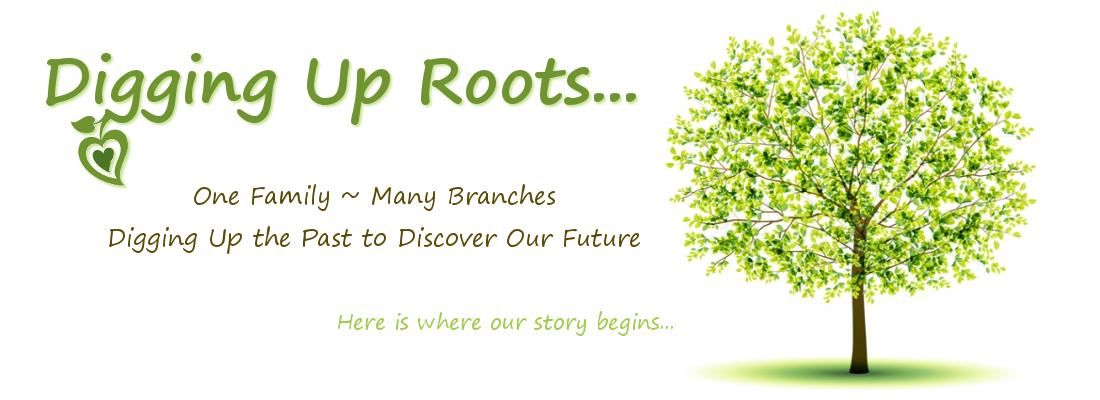Hey there!
Can you believe it's already December??? It seems hard to imagine, doesn't it?
I just wanted to pop in here and let you know that I am still digging into my family history, but it's been I've been a little slow as far as getting things uploaded to the Blog.
Have you heard of FamilySearch.org?
Today's post is exploring the world of Genealogy using the website, FamilySearch.org
I gotta say, this site is one of the best when it comes to digging up your family history! You get access to actual records and data without a fee...that's right, it's FREE! However, as it usually happens, there are some issues you need to be aware of. So let's get started...
The Pros
- First off, did I mention that Family Search is FREE! That's right, there is no cost to you. Simply register your FREE account, click on "Family Tree", type in your name, and you are all set to go!
- Access to thousands of real records, without a cost! And for those records that are offsite, FS will warn you before you click on that link, and even tell you if the site you are heading off to requires a subscription. But here's the great part, even if the record is stored on another site that requires money, it still provides you with a summary of what's contained in the record itself.
- Editing, updating, and maintaining your Family Tree is actually quite easy. There are tutorials, but I've found that most of the tools are pretty basic, and FS has a common sense approach to using their features.
- Being able to store your records in your Source Box! In your Source Box, you can create folders and organize to your hearts content, making this site truly a personal experience. You can find your Source Box in the drop down list attached to your name.
- Because this is a 'universal' tree system, other people adding to 'your' tree can help you find family members, dates, and other information that you were never aware of!
- Family Search can be used in conjunction with software, RootsMagic.
The Cons
- Family Search is a 'universal' tree...meaning, that your Family Tree is not private, and can be edited or altered by anyone, or everyone, whenever they want. Trust me, this is the one aspect of this site that I love and hate.
- Duplicates - Unfortunately most people are not as careful to take the time needed to research before they "Add" someone to the tree. This results in duplicate profiles of the same exact person they just created. Instead of merging an existing person into 'their' Family Tree, they create a duplicate. This is why often you will see one person linked to 2, 3, or 6 identical spouses with a different child attached to each spouse. People just don't take the time to do it right the first time.
Despite the cons, I do use this site frequently, in fact, daily. It's one of my favorites, and the Pros, in my opinion, far outweigh the Cons.
Do you have any other insight, whether favorable or not, that you'd like to share about Family Search? Post them in the comments, I'd love to hear what you think!








